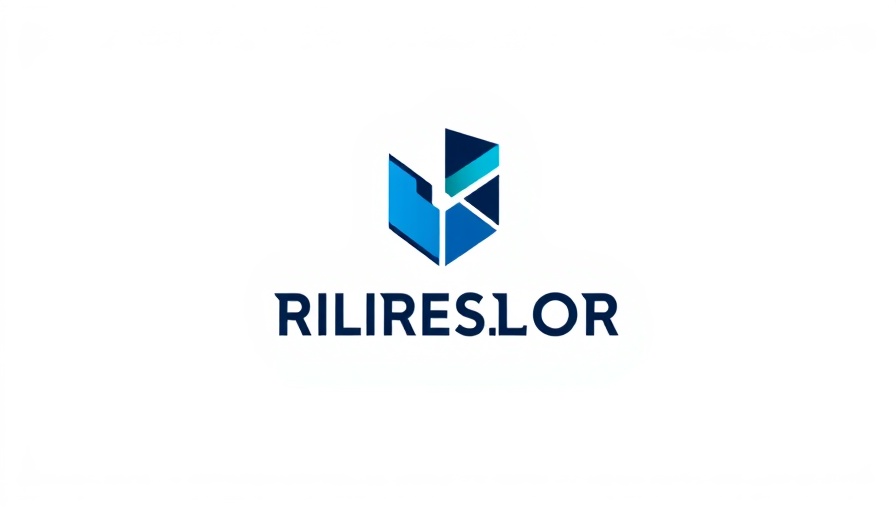
Revolutionizing Athlete Safety: Betterguards and NBATA Unite
In a groundbreaking partnership, Betterguards has joined forces with the National Basketball Athletic Trainers Association (NBATA) to significantly enhance athlete safety and performance. This alliance marks a forward leap in sports technology, emphasizing a commitment to the health and wellbeing of athletes across disciplines. The innovation not only influences basketball players but also resonatesthrough various combat sports and martial arts.
Innovative Partnership Objectives
Betterguards is recognized for its cutting-edge approach to injury prevention, particularly with the launch of its latest product, The BetterGuard 3.0. This initiative embodies their mission to safeguard athletes by designing performance gear utilizing advanced materials and technologies. As the Official Applied Innovation and Ankle Protection Partner of NBATA, Betterguards and the association aim to leverage insights from top athletic trainers to refine and develop vital safety equipment. This initiative reflects a broader shift in the ethos surrounding training and prevention strategies for all athletes, including martial arts participants. By integrating tactical feedback from those who work closely with athletes, the collaboration seeks to ensure that injury mitigation techniques are practical and effective.
The Importance of Injury Prevention in Martial Arts
For martial arts practitioners, injury prevention techniques are just as relevant as they are in other sports. Understanding and implementing routines that reduce risk, enhance flexibility, and ensure proper body mechanics can make a significant difference in an athlete's longevity and overall performance. Direct lessons from this partnership can be translated into the realm of martial arts training—consider preventative martial arts drills that encourage safe practices during combat training.
Developing a Culture of Safety
The collaboration between Betterguards and NBATA establishes a culture that prioritizes safety in sports training. The relationship fosters innovative safety techniques which highlight the associated risks of injuries often overlooked in practices like karate and self-defense training. By participating in injury prevention workshops or trainings led by certified coaches, martial artists can ensure they are ahead of the curve when it comes to safety protocols.
Actionable Techniques for Coaches and Students
Engaging in performance enhancement tactics is critical for martial artists seeking to minimize injuries. Coaches should incorporate adaptation strategies, providing young athletes and beginners with injury avoidance routines tailored to their experience levels. Key aspects include:
- Evaluating skills and adjusting training intensity to prevent common injuries inherent in martial arts.
- Implementing flexibility and injury prevention routines as part of standard conditioning practices.
- Emphasizing mental focus and situational awareness during training sessions.
Future Trends in Injury Prevention
Looking forward, one can expect a trend where more sports—inclusive of karate and other martial arts—will adopt technology-driven techniques for preventing injuries. Similar to the initiatives rolled out by Betterguards and NBATA, this evolution in practice suggests that martial arts organizations may integrate technology into their training modules to create safer environments for athletes. Athletes equipped with advanced gear that monitors their movements can protect themselves better and enhance their performance, mitigating the risks associated with rigorous training.
Summary and Next Steps for Athletes
As martial arts instructors and students, staying informed about the latest safety innovations, such as those introduced by Betterguards, can be an invaluable asset. From education on injury recovery to adoption of advanced prevention techniques, it’s essential to embrace the knowledge being shared through prominent partnerships in the industry. Engage with local workshops, join informational seminars, or consult certified coaches to implement these innovative strategies effectively.
In conclusion, the alliance formed between Betterguards and NBATA represents a vital leap forward for athlete safety that can benefit all martial artists. By actively participating in preventative training drills and adopting cutting-edge safety routines, martial artists can cultivate a secure environment that prioritizes both performance and health.
 Add Row
Add Row  Add
Add 




Write A Comment